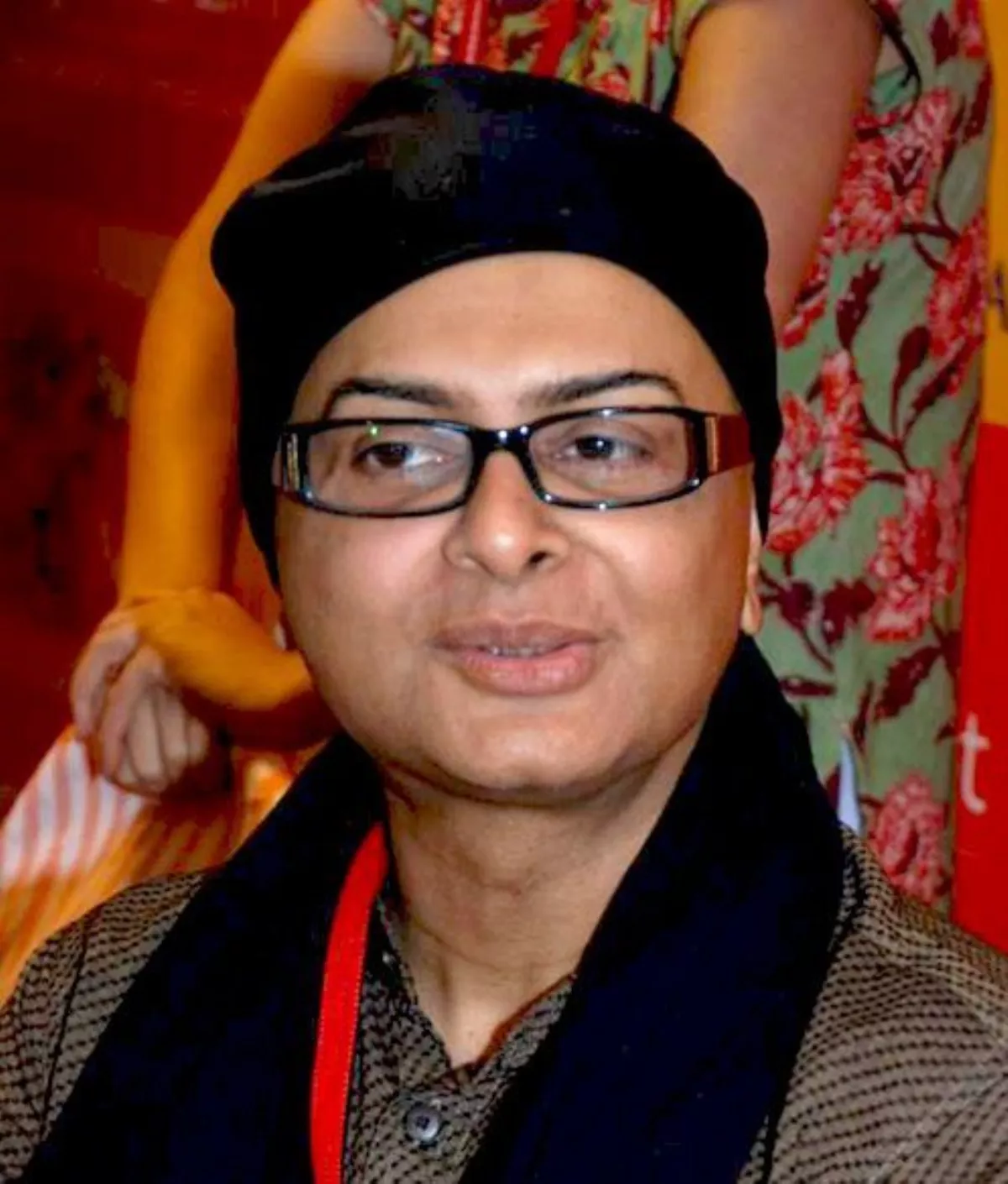 1.
1. Rituparno Ghosh died on 30 May 2013 in Kolkata after a heart attack.

 1.
1. Rituparno Ghosh died on 30 May 2013 in Kolkata after a heart attack.
Rituparno Ghosh was one of the openly homosexual personalities in Indian cinema.
Rituparno Ghosh was influenced by the works of Satyajit Ray and was an avid reader of Rabindranath Tagore.
Rituparno Ghosh made a documentary titled Jeevan Smriti on the life of Tagore.
Rituparno Ghosh was born in a Bengali family on 31 August 1963 in Kolkata.
Rituparno Ghosh's father, Sunil Ghosh, was a documentary film maker and painter.
Rituparno Ghosh completed his schooling at South Point School, and earned a degree in economics from the Jadavpur University, Kolkata.
Rituparno Ghosh had a master's degree in economics from the same university.
Rituparno Ghosh was one of the few openly LGBT figures in Indian cinema and is considered an icon of the queer community of India.
Rituparno Ghosh was particularly noted for composing succinct, appealing one-liners and slogans for ad campaigns in Bengali during the 1980s.
Rituparno Ghosh won recognition for his ability to initiate campaigns in Bengali.
In 1990, Rituparno Ghosh received his first break in documentary filmmaking when his own agency, Tele-Response, a member of the Response family of companies, was commissioned to make a documentary on Vande Mataram for Doordarshan.
Rituparno Ghosh made his directorial debut in the feature film Hirer Angti which was released in 1992, a family-friendly film based on a novel written by Shirshendu Mukhopadhyay about inheritance and conjuring tricks, and starring Moon Moon Sen, Basanta Choudhury, and others.
Rituparno Ghosh won the National Award for Best Direction for Utsab, released in 2000.
Rituparno Ghosh made his first screen appearance in an Oriya film, Katha Deithilli Ma Ku, which was directed by Himanshu Parija and released in 2003.
Rituparno Ghosh had planned a 13-episodes long television series based on Miss Marple, featuring the character of Ranga Pishima from his film, Shubho Mahurat.
Rituparno Ghosh was the editor of the Bengali film magazine, Anandalok from 1997 to 2004.
Rituparno Ghosh was the editor of Robbar magazine of Sangbad Pratidin from 2006 till his death.
Rituparno Ghosh suffered from diabetes mellitus type 2 for ten years, and pancreatitis for five years.
Rituparno Ghosh experienced insomnia and had been taking medication for it.
Rituparno Ghosh died at his Kolkata residence on 30 May 2013, following a massive heart attack.
From Tollygunge, Rituparno Ghosh's body was taken to Siriti cremation ground where his funeral took place.
Rituparno Ghosh was given gun salute by Kolkata Police before cremation.
Rituparno Ghosh had a library of his own and would study religiously.
Rituparno Ghosh was one of the most acclaimed film directors of India, and was himself an admirer of Satyajit Ray.
Rituparno Ghosh's films glorified womanhood and closely and sensitively portrayed women's lives, feelings and sufferings.
Rituparno Ghosh had deep interests in the classics and made multiple films of Rabindranath Tagore's works.
Rituparno Ghosh looked at ordinary middle-class relationships from an angle that had never been explored.
Goutam Ghose felt that Rituparno Ghosh was the best film director of his generation.
Rituparno Ghosh directed and as well as acted in such films which tried to reject the concept that homosexual relationship is all about a physical relationship.